Seeds serve as the cornerstone of agriculture, representing a fundamental and essential component for cultivating crops. While technology has revolutionized various aspects of farmers’ daily activities, the absence of a consistent provision of superior seeds would significantly diminish both crop yields and quality. In fact, seeds act as the primary catalyst for enhancing agricultural production and ensuring cost-effectiveness, serving as a crucial factor not only in achieving higher yields but also in attaining substantial monetary returns. The utilization of high-quality seeds alone can result in a remarkable increase of 25-30% in crop yield.
Seed quality refers to the characteristics of a superior seed, which include: (i) a high level of purity in terms of species, variety, and physical attributes; (ii) excellent germination and vigor; (iii) freedom from weeds and pests that are transmitted through seeds; (iv) low moisture content; (v) uniformity in terms of size and shape; and (vi) proper processing for efficient distribution to farmers. In essence, seed quality encompasses all the attributes that contribute to the optimal performance of the seed.
The role of seed quality in improving crop yields cannot be overstated, as top-notch seeds are essential for achieving successful crop cultivation. Seed quality includes various crucial characteristics that have a direct impact on germination, seedling strength, crop growth, and ultimately, the potential yield. In this article, we will discuss in detail the importance of seed quality in enhancing crop yields.
Table of Contents
Seed Quality Characters in Improving Crop Yields
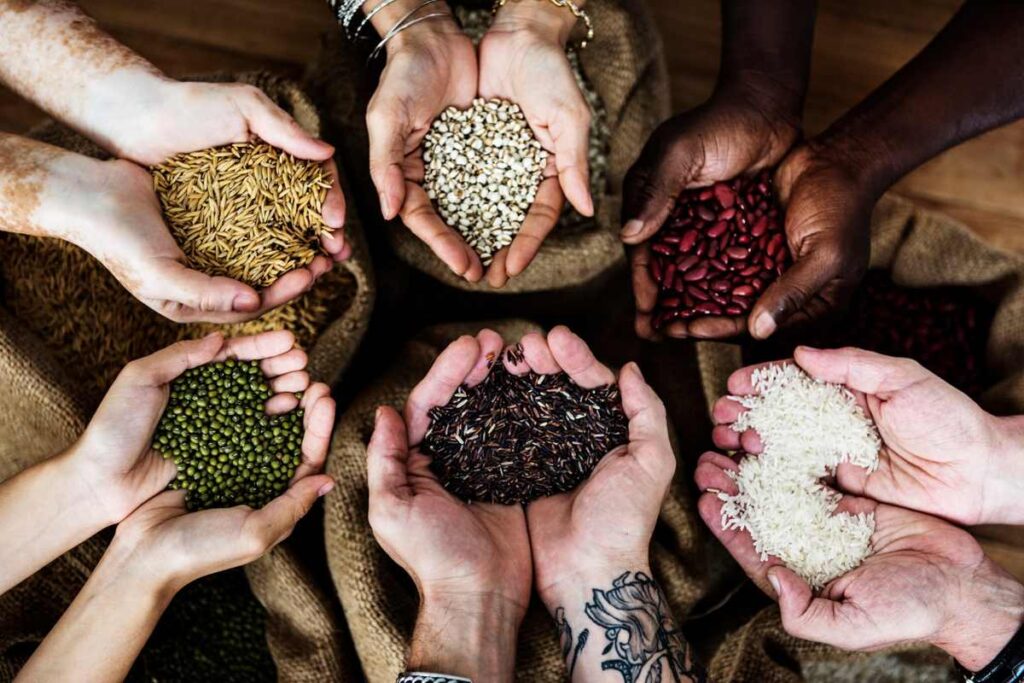
A good seed should have the following quality characteristics for better crop production.
1. Genetic Purity and Uniformity
High-quality seeds are genetically pure and uniform, ensuring that each plant in the crop population possesses desirable traits such as yield potential, disease resistance, and agronomic performance. Genetic purity is maintained through rigorous breeding and selection processes, resulting in seed lots with consistent characteristics that contribute to uniform crop stands and optimal yield potential.
2. Physical Purity
The successful establishment and maximum yield potential of a crop heavily rely on the physical purity of the seed lot. Physical purity encompasses the absence of inert matter, weed seeds, other crop seeds, and impurities within the seed lot. These factors can have a detrimental effect on seed germination, seedling vigor, and overall crop performance. By ensuring high physical purity in seeds, each seed in the lot is guaranteed to be of the desired crop species and variety, free from any contaminants that may hinder the quality of the desired crop.
3. Germination Rate
Seed germination is a vital factor in determining the success of crop establishment and early growth. High-quality seeds display excellent germination rates, ensuring the rapid and uniform emergence of seedlings in favorable environmental conditions. This prompt and consistent germination process helps in establishing crops on time, reducing the risk of weed competition, and maximizing the use of the available growing season.
4. Seed Moisture Content
It is crucial to maintain the optimal moisture content in seeds to ensure their quality and successful germination and crop establishment. Seeds that have a moisture content that is too high are susceptible to microbial growth, heating, and deterioration, which can lead to lower germination rates, weak seedling vigor, and increased vulnerability to diseases and pests. On the other hand, seeds with a moisture content that is too low may experience desiccation, resulting in loss of viability and reduced germination capacity. Therefore, it is essential to manage seed moisture properly through practices such as drying, conditioning, and storage to preserve seed quality.
5. Vigor and Seedling Health
Seed vigor is the term used to describe the ability of seeds to rapidly germinate, emerge uniformly, and develop strong seedlings in various environmental conditions. Seeds of superior quality demonstrate high vigor, which allows the seedlings to endure abiotic stresses like drought, heat, cold, and unfavorable soil conditions. Robust seedlings with strong vigor possess a competitive edge in acquiring resources, initiating early growth, and establishing themselves, ultimately resulting in increased crop yields.
6. Disease Resistance and Pest Tolerance
High-quality seeds often possess inherent resistance or tolerance to common diseases, pests, and pathogens that can compromise crop health and yield potential. Disease-resistant varieties provide a form of defense against fungal, bacterial, and viral pathogens, thereby decreasing the reliance on expensive chemical interventions and lowering yield losses caused by disease pressure.
7. Adaptation to Environmental Conditions
Seed quality is of utmost importance in facilitating the ability of crops to adjust and flourish in a wide range of environmental conditions, such as fluctuations in temperature, moisture levels, soil composition, and altitude. Well-adapted seed varieties exhibit optimal growth and performance under specific agro-climatic conditions, maximizing yield potential and minimizing production risks associated with adverse environmental factors.
8. Seed Colour
The significance of seed color in seed quality acts as a visual cue for different physiological and genetic characteristics that impact seed performance and crop productivity. Seed color can offer valuable insights into seed maturity, viability, and overall health. Generally, darker and more consistent colors tend to indicate superior seed quality and vigor. Alterations in seed color can also indicate physiological changes linked to seed ripening, dormancy, or decay, providing valuable information on the ideal timing for harvesting and storage conditions.
9. Quality Assurance and Certification
Quality assurance measures, including seed testing, certification, and labeling, ensure that seeds meet stringent quality standards for purity, germination, vigor, and genetic integrity. Certified seeds provide farmers with assurance regarding seed quality, varietal purity, and performance consistency, enabling them to make informed decisions and maximize crop yields.
Benefits of Using Quality Seeds
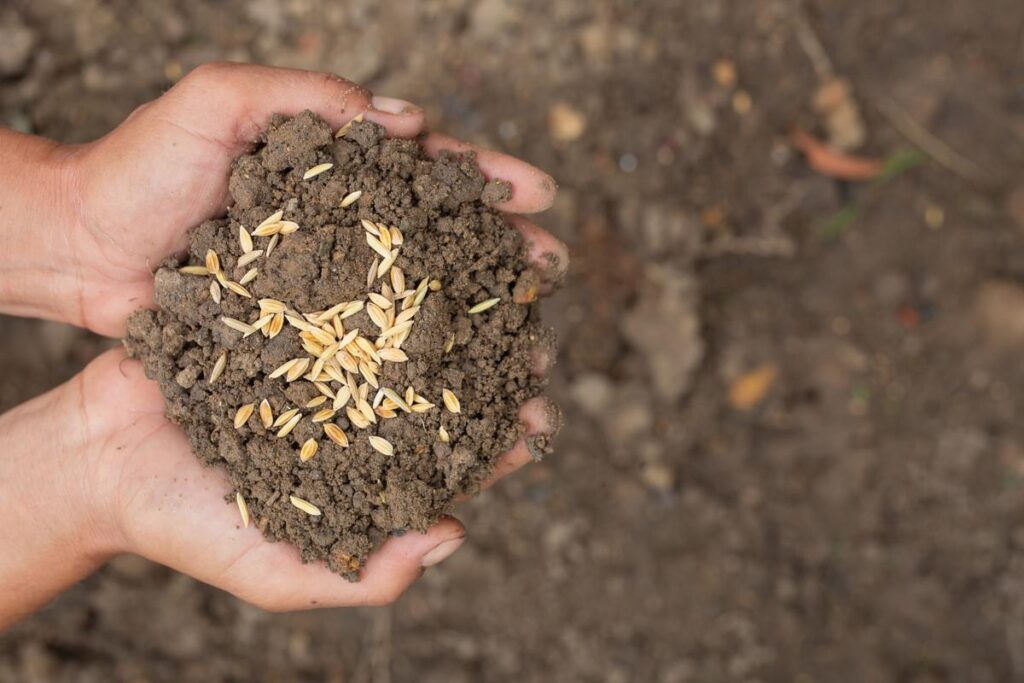
1. Improved Germination: Quality seeds have higher germination rates, ensuring a greater percentage of seeds successfully develop into healthy seedlings, leading to better crop establishment.
2. Enhanced Seedling Vigor: Quality seeds produce vigorous seedlings that are better equipped to withstand environmental stresses, resulting in faster growth and establishment.
3. Consistent Crop Performance: Quality seeds exhibit uniformity in traits such as plant height, maturity, and yield potential, leading to more predictable and consistent crop performance.
4. Increased Yield Potential: Quality seeds often have superior genetics, disease resistance, and agronomic traits, resulting in higher yields and improved crop productivity.
5. Better Stress Tolerance: Quality seeds are more resilient to environmental stresses such as drought, heat, cold, and soil salinity, ensuring crop resilience and survival under adverse conditions.
6. Reduced Input Costs: Quality seeds with built-in resistance to pests and diseases require fewer chemical inputs such as pesticides and fungicides, reducing production costs and minimizing environmental impact.
7. Improved Crop Quality: Quality seeds produce crops with desirable characteristics such as uniform size, shape, color, and flavor, meeting market standards and consumer preferences.
8. Efficient Resource Use: Quality seeds optimize resource use efficiency by maximizing nutrient uptake, water utilization, and light interception, resulting in more efficient crop production systems.
9. Enhanced Farmer Confidence: Quality seeds provide farmers with confidence in their investment, knowing that they are using reliable and high-performing seeds that are backed by quality assurance measures and performance guarantees.
Conclusion
In conclusion, quality seed is crucial in improving crop yields through factors such as maintaining genetic purity, promoting high germination rates, enhancing seedling vigor, providing disease resistance, enabling environmental adaptability, and ensuring effective seed treatment. By carefully choosing superior seeds and implementing proper techniques in seed management, storage, and planting, farmers can maximize crop productivity, reduce production uncertainties, and attain sustainable yields in agriculture. This, in turn, contributes to food security, economic prosperity, and environmental sustainability.

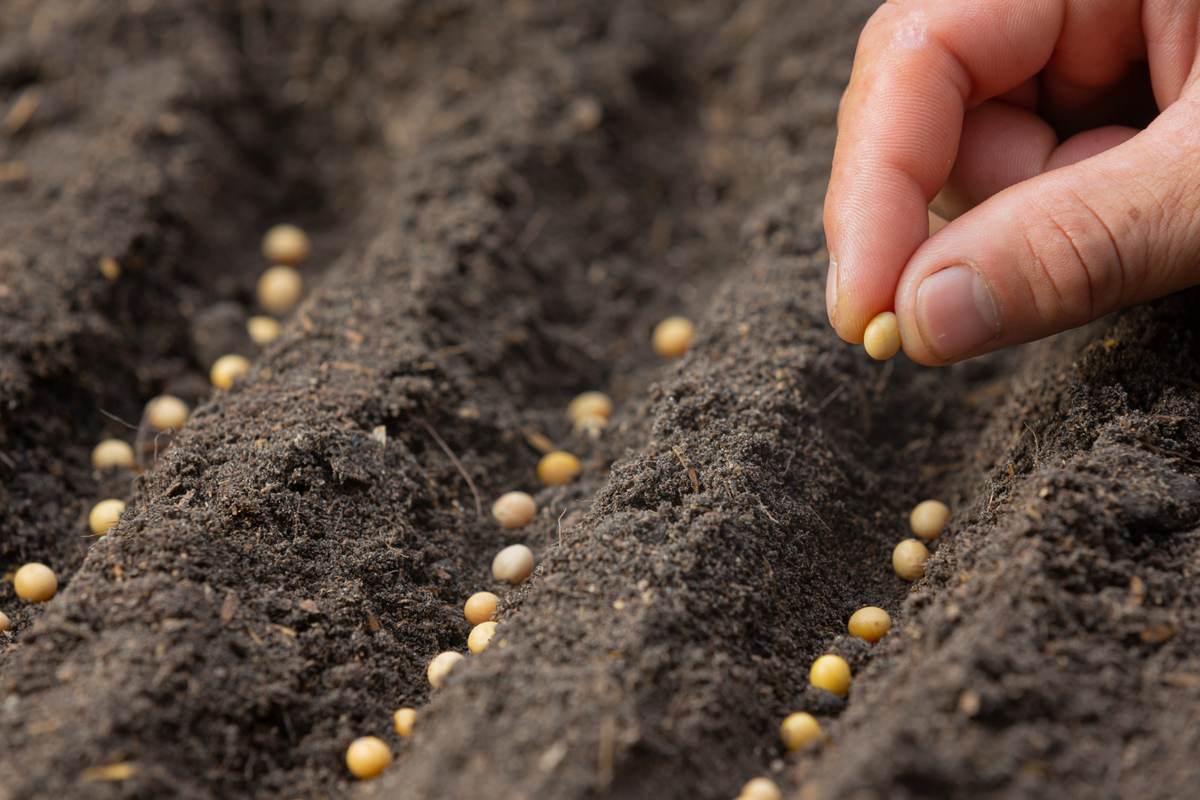
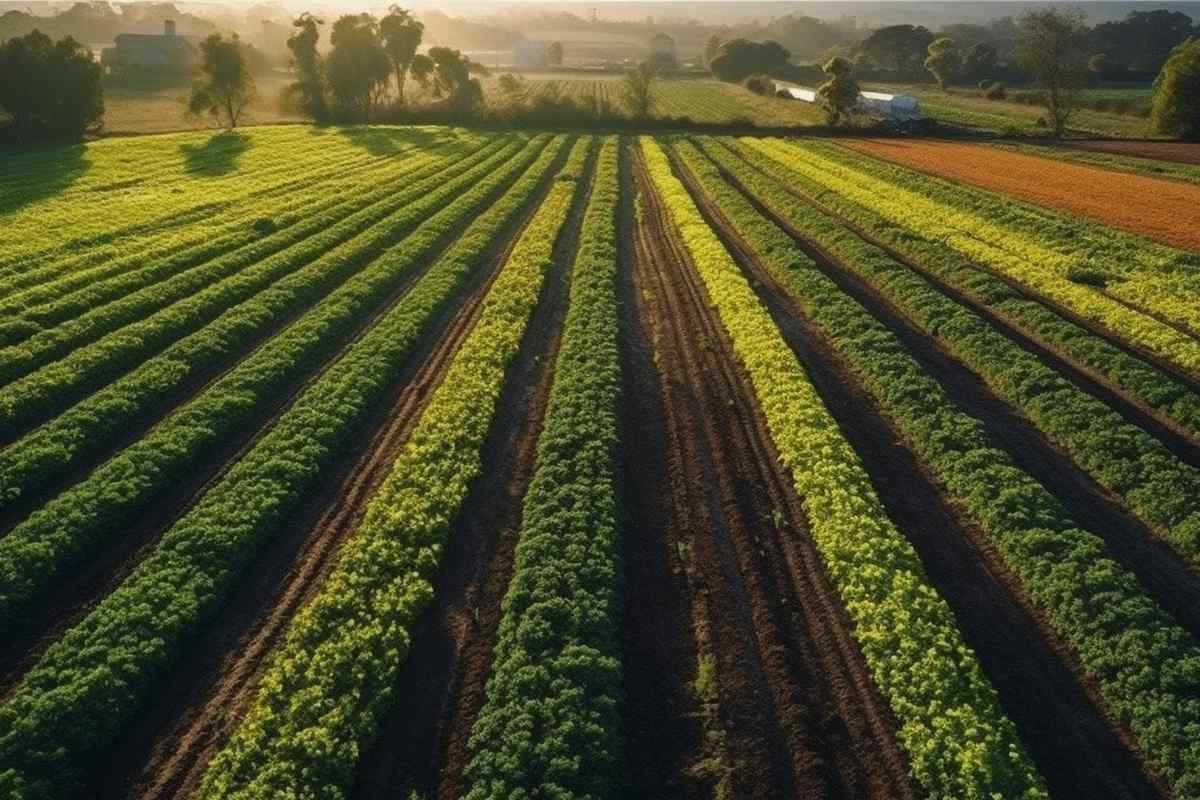
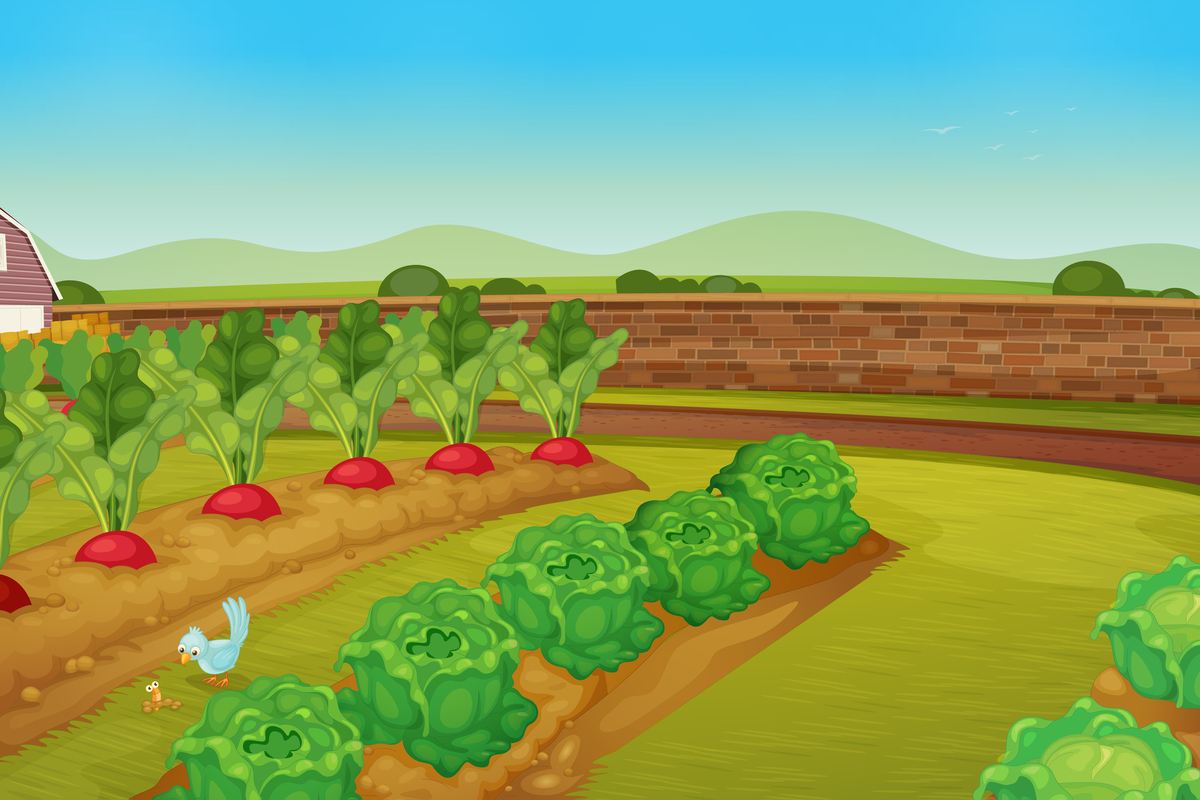
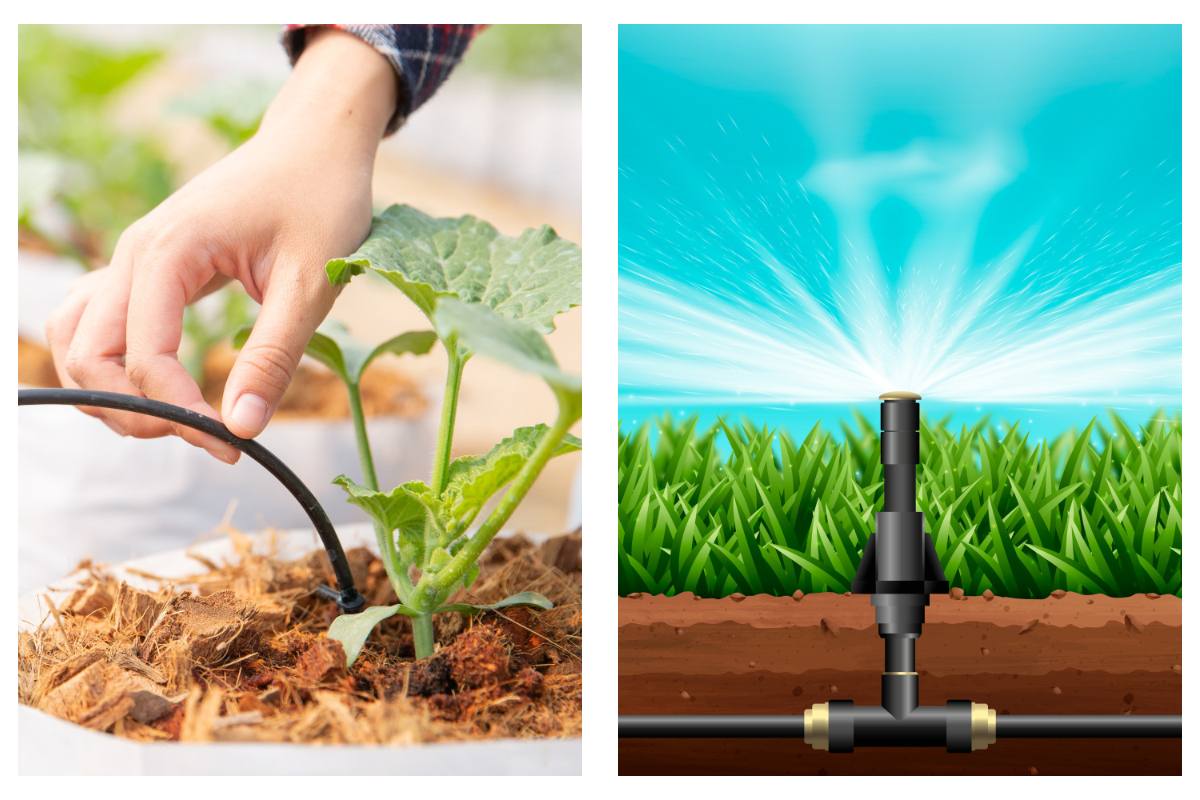



Program iz I just like the helpful information you provide in your articles